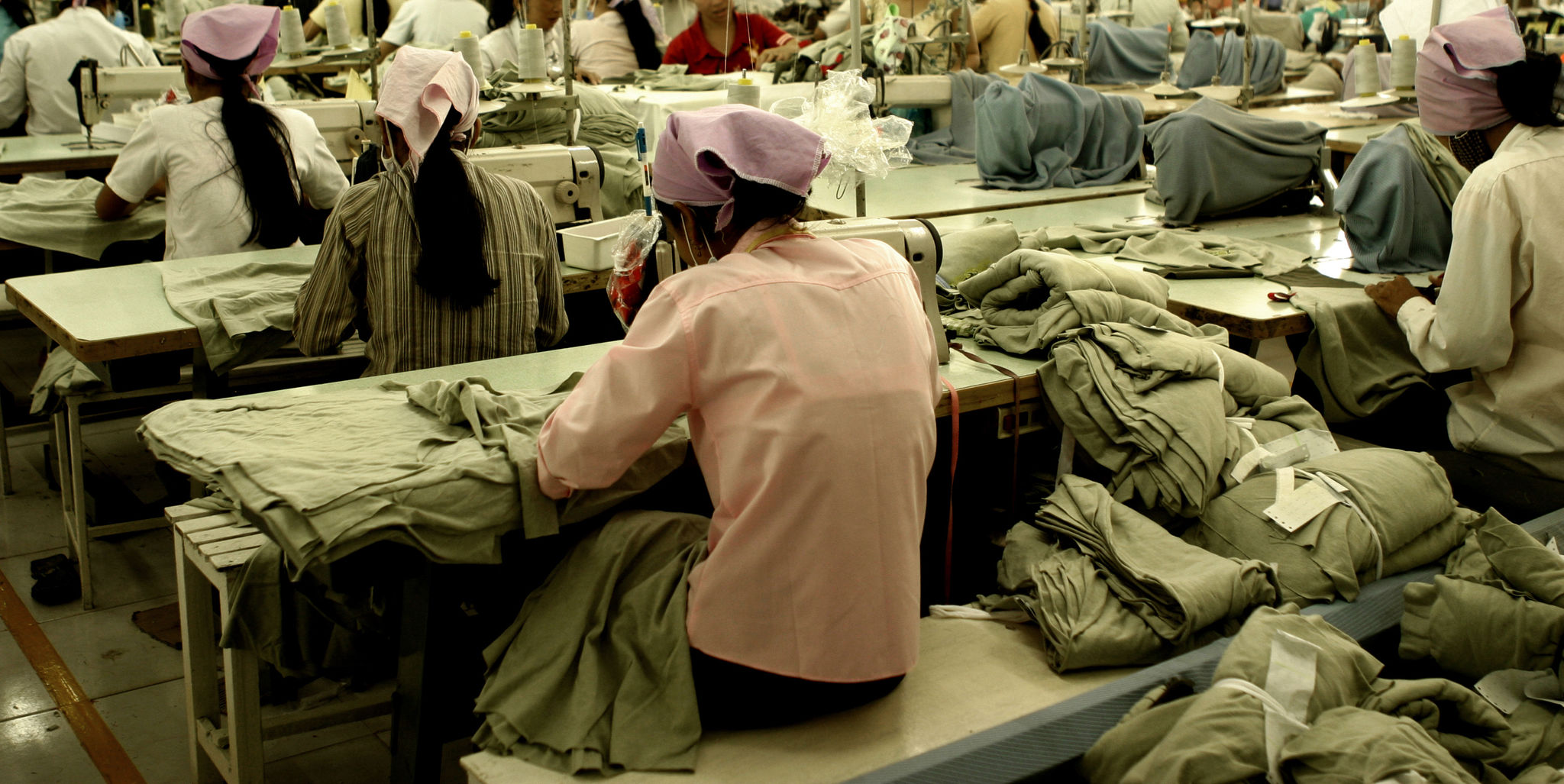Seasonal Fashion Trends: How Manufacturers Prepare for Changing Demands
Fa
Understanding the Seasonal Cycle
The fashion industry is a dynamic entity, constantly evolving with each season's arrival. Manufacturers play a crucial role in responding to these changes, ensuring that their collections resonate with current trends and consumer demands. As seasons shift, so do the colors, fabrics, and styles that dominate the market. Understanding this cyclical pattern is key to staying relevant and competitive.

Forecasting Trends
To stay ahead of the curve, manufacturers invest heavily in trend forecasting. This involves analyzing data from fashion shows, consumer behavior, and even social media trends. By predicting what will be in vogue, manufacturers can tailor their production processes to meet future demands. This proactive approach ensures they are not only meeting but also anticipating the needs of fashion-conscious customers.
Adapting Production Processes
Once trends are forecasted, manufacturers must adapt their production processes accordingly. This often involves updating machinery, sourcing new materials, or altering existing designs. Flexibility is key; manufacturers must be able to pivot quickly to accommodate new styles or unexpected shifts in consumer preferences. This adaptability can often mean the difference between success and obsolescence in the fast-paced world of fashion.

Material Sourcing and Sustainability
As consumers become more environmentally conscious, manufacturers are being pushed to prioritize sustainable practices. This includes sourcing eco-friendly materials and reducing waste during production. By embracing sustainability, manufacturers can appeal to a growing segment of the market that values ethical fashion. It's a trend that is unlikely to fade, as global awareness of environmental issues continues to rise.
Balancing Quality and Demand
The challenge for manufacturers lies in balancing quality with the increasing demand for rapid production. High-quality materials and craftsmanship are essential, but so is delivering products on time. Manufacturers must streamline their operations to ensure they can produce fashionable items quickly without compromising on quality. This requires efficient supply chain management and innovative production techniques.

Effective Communication with Retailers
Another critical aspect of preparing for seasonal fashion trends is maintaining strong communication with retailers. Manufacturers must keep retailers informed about upcoming collections and delivery schedules. This collaboration ensures that retailers can effectively market new items and that manufacturers receive timely feedback on consumer preferences.
Leveraging Technology
In today's digital age, technology plays a pivotal role in helping manufacturers prepare for changing demands. From virtual design software to AI-driven analytics, technology enables manufacturers to streamline operations and enhance decision-making processes. By leveraging these tools, manufacturers can respond more swiftly to market changes and optimize their production strategies.

In conclusion, preparing for seasonal fashion trends requires manufacturers to be agile, informed, and innovative. By forecasting trends, adapting production processes, prioritizing sustainability, and leveraging technology, they can meet the ever-changing demands of the fashion industry while setting themselves up for success in future seasons.
